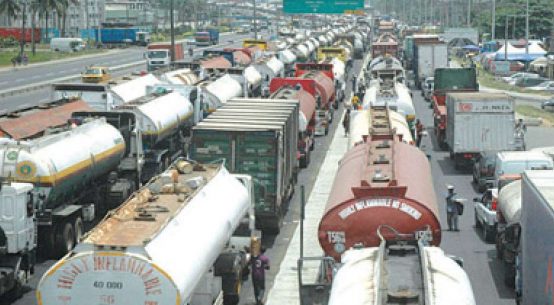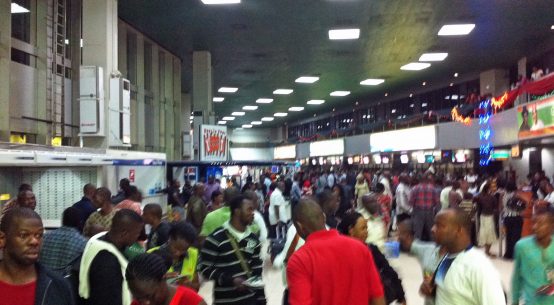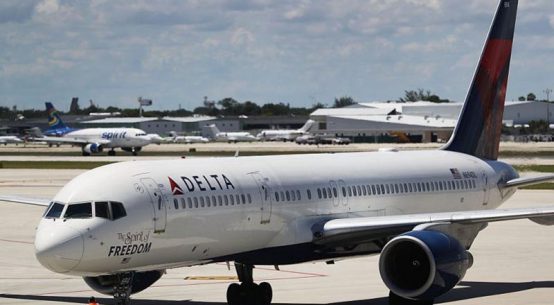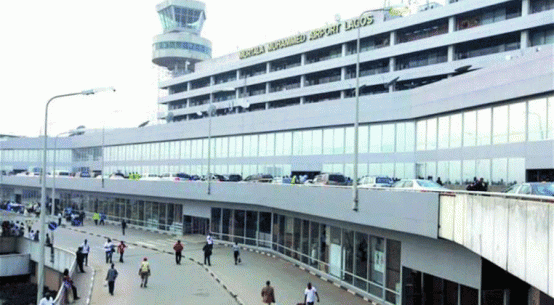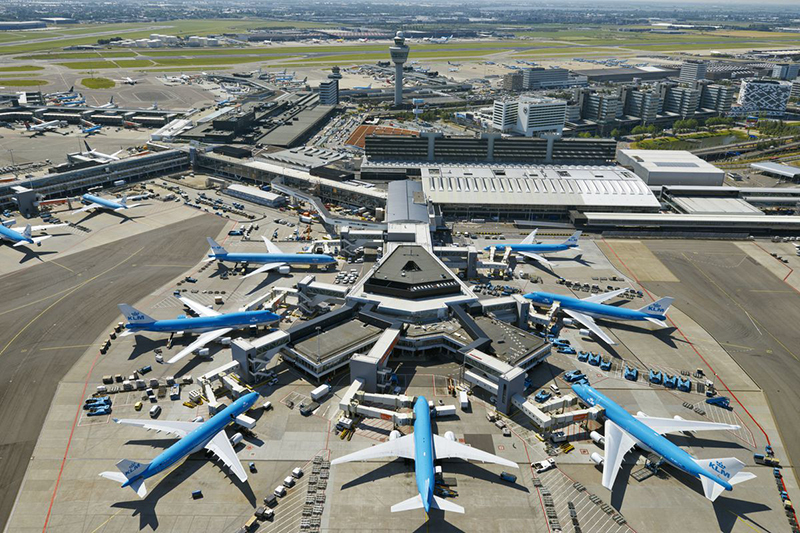
Despite the strong global growth for cargo demand in the first quarter of 2018, Amsterdam Airport Schiphol (AMS) reported a dip in cargo traffic of 2.1 percent for the quarter, compared to the same period in 2017. The Dutch cargo hub did, however, see continued growth in both the Chinese and Latin American markets in Q1 for 2018.

European inbound traffic fell 8 percent to 25,936 tonnes, while outbound dropped by 2 percent to 28,146 tonnes. North America inbound cargo fell 12 percent to 32,142 tonnes, while outbound fell 5 percent to 36,791 tonnes, year-over-year. Meanwhile, Middle Eastern traffic fell one percent inbound to 21,578 and 15 percent outbound to 27,277 tonnes, y-o-y.
Full freighter volumes overall were down 2.4 percent, with 7.4 percent fewer full freight air traffic movements (ATMs) and belly cargo volumes eased slightly, showing a 1.6 percent drop compared with Q1 2017.
“Although we saw an increase in ATMs and as a result increased volumes of belly cargo at Schiphol, this did not result in a commensurate increase in freight volumes and did not compensate for the reduction in full freighter ATMs,” said Maaike van der Windt, director of the newly created department of aviation marketing, cargo and customer experience, at AMS.
China, the airport’s largest market, showed an increase of 2.1 percent, y-o-y, at 30,735 tonnes from January to March 2018. This figure was boosted by increased volumes from both freighter and belly cargo flights.
Trade with the Asian continent overall remained relatively stable, with a 4 percent decrease in inbound cargo to 67,629 tonnes, but a 1 percent increase, y-o-y, in outbound cargo, up to 75,182 tonnes.
Latin American cargo trade also increased strongly, up 10 percent inbound at 34,097 tonnes, y-o-y, and up 31 percent outbound to 20,701 tonnes. Cargo imports from South America were boosted by increased flower imports for both Valentine’s Day and International Women’s Day, AMS said.



